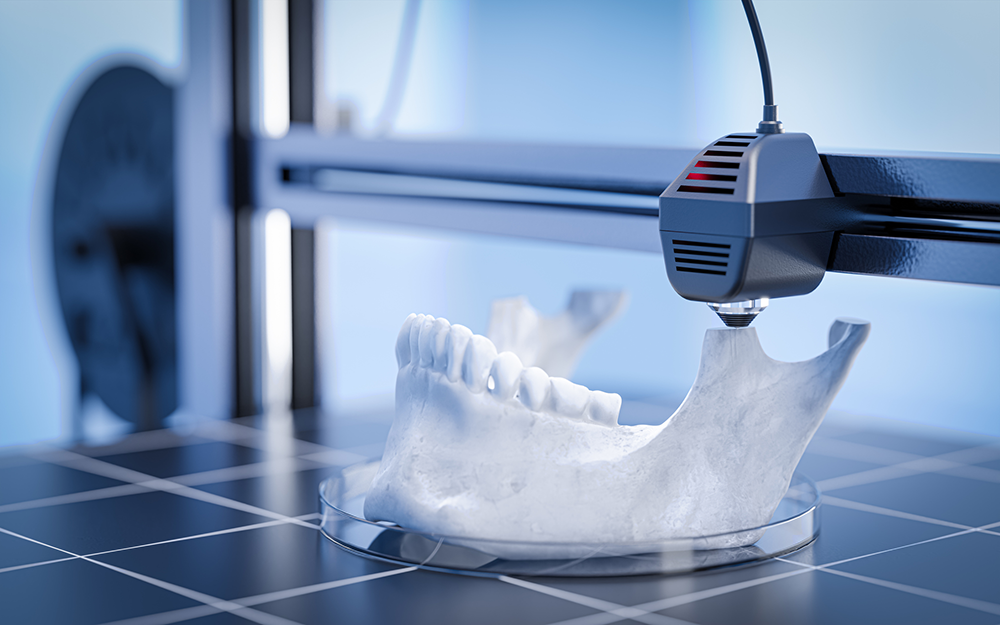In recent years, groundbreaking discoveries and technological advancements have propelled medicine into new realms, offering hope, efficiency, and improved outcomes for patients across the world. From gene editing and 3D-printed organs to AI-guided treatments and nanotechnology, we are now witnessing amazing technological advances that are happening here now, in the year 2024.
Artificial Intelligence and Machine Learning Enhancing Diagnostics and Treatment
Artificial intelligence (AI) and machine learning have emerged as powerful tools in medicine. Using advanced algorithms, AI systems can analyse medical images with unprecedented accuracy, aiding in the early detection of diseases such as cancer and neurological disorders. AI can also process vast amounts of genetic and patient-specific data, where algorithms can tailor treatment plans to individual characteristics, leading to more effective and targeted interventions.
AI systems assist healthcare professionals in making well-informed decisions. This not only enhances the quality of care but also contributes to the ongoing evolution of evidence-based medicine. By predicting maintenance needs for medical equipment, Artificial Intelligence can also help rectify calibration issues and avoid equipment downtime. [1]
Customized Solutions in Healthcare With 3D Printing
 Advancements in 3D printing have revolutionized the production of medical devices, prosthetics, and even organs. This technology allows for the creation of customized implants and prostheses tailored to individual patient specifications. Moreover, researchers are exploring the potential of bioprinting, aiming to generate functional tissues and organs, offering a promising solution to the organ transplant shortage. There are even 3D-printed pills for customised dosages and reducing production costs. [2]
Advancements in 3D printing have revolutionized the production of medical devices, prosthetics, and even organs. This technology allows for the creation of customized implants and prostheses tailored to individual patient specifications. Moreover, researchers are exploring the potential of bioprinting, aiming to generate functional tissues and organs, offering a promising solution to the organ transplant shortage. There are even 3D-printed pills for customised dosages and reducing production costs. [2]
Immunotherapy and the Power of Genome Editing
Immunotherapy and gene editing techniques have ushered in a new era of treating previously untreatable conditions. Immunotherapies harness the body's immune system to fight cancer and other diseases, offering targeted and less invasive alternatives to traditional treatments like chemotherapy. Gene editing technologies like CRISPR enable precise modifications of genetic material, holding immense potential for correcting genetic disorders and developing novel therapies. [3]
Nanotechnology: Robots, Nanobots and Xenobots
 The convergence of nanotechnology and medicine heralds a new era of minimally invasive interventions. Nanomedicine, employing nanoparticles for drug delivery, diagnostics, and targeted therapies, offers unprecedented precision and efficacy in treating diseases at a cellular level. Nanobots and smart robot devices may soon navigate the human body, delivering medications precisely to diseased tissues while minimizing damage to healthy cells. Xenobots are cutting-edge technology where tiny living cells can be programmed, making them more compatible and adaptable within the human body. Nanotechnology might just be the solution for providing healthcare to the whole world. [4]
The convergence of nanotechnology and medicine heralds a new era of minimally invasive interventions. Nanomedicine, employing nanoparticles for drug delivery, diagnostics, and targeted therapies, offers unprecedented precision and efficacy in treating diseases at a cellular level. Nanobots and smart robot devices may soon navigate the human body, delivering medications precisely to diseased tissues while minimizing damage to healthy cells. Xenobots are cutting-edge technology where tiny living cells can be programmed, making them more compatible and adaptable within the human body. Nanotechnology might just be the solution for providing healthcare to the whole world. [4]
Regenerative Medicine Using Platelet-Rich Plasma And Stem Cells
The burgeoning field of regenerative medicine holds immense potential for tissue engineering and organ regeneration. Stem cells are special cells from adult tissues like bone marrow or fat with the ability to differentiate into various cell types and can self-renew to produce more stem cells. This versatility makes them a valuable resource for repairing or replacing damaged tissues in the body, potentially mitigating the need for organ transplants. Platelet-Rich Plasma (PRP) is another regenerative medicine technique that utilizes the patient's blood components, particularly platelets, to promote healing and tissue regeneration.[5]
In Conclusion
The continuous evolution of medical innovation is reshaping the landscape of healthcare, offering unprecedented opportunities to improve patient outcomes and quality of life. As these innovations mature, collaborative efforts among scientists, healthcare providers, policymakers, and the public will be vital in navigating challenges and maximizing the transformative potential of these groundbreaking advancements.
We Are Here to Help
What challenges is your medical clinic or facility facing this year? Do you feel like you are continuing with the same processes from previous years and would like to use current technology to help make your job easier?
Talk to the team at SSS Australia about streamlining your processes, becoming more efficient, and utilising computing power and our advanced website features to your advantage. https://www.sssaustralia.com.au/ordering-options
Do more and save more in 2024!
[1] https://www.philips.com.au/a-w/about/news/archive/standard/news/articles/2022/20221124-10-real-world-examples-of-ai-in-healthcare.html
[2] https://www.mobihealthnews.com/news/contributed-top-8-healthcare-uses-3d-printing
[3] https://www.ajmc.com/view/is-genome-editing-the-next-step-in-immunotherapy-innovation-experts-think-so
[4] https://relevant.software/blog/nanobots-in-medicine/
[5] https://www.ncbi.nlm.nih.gov/pmc/articles/PMC6306612/